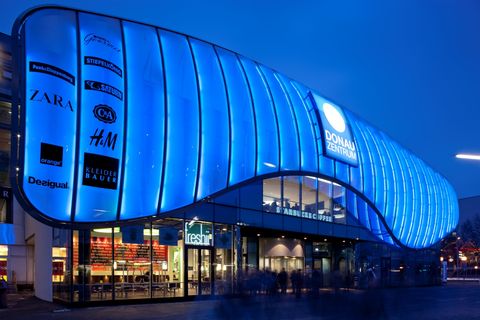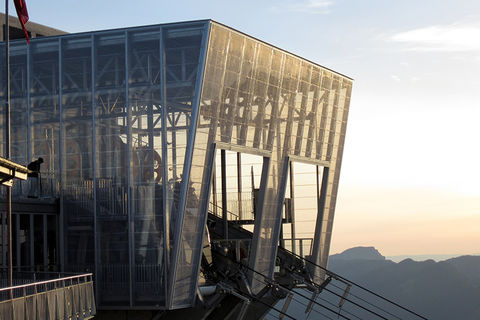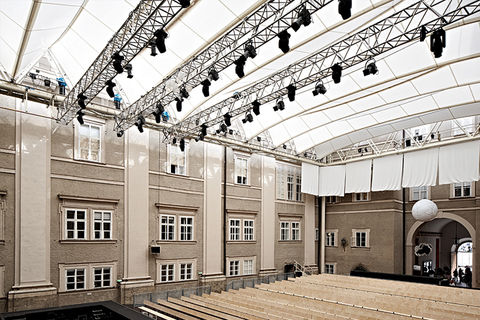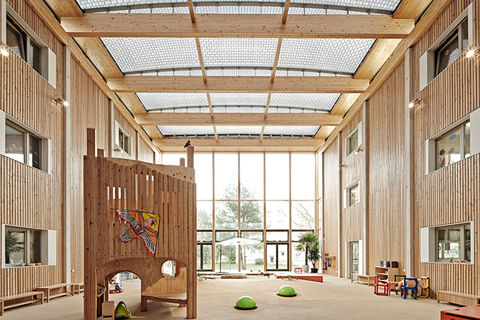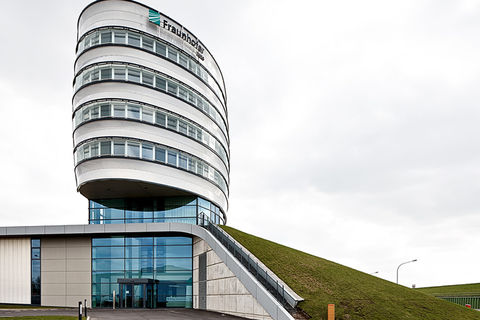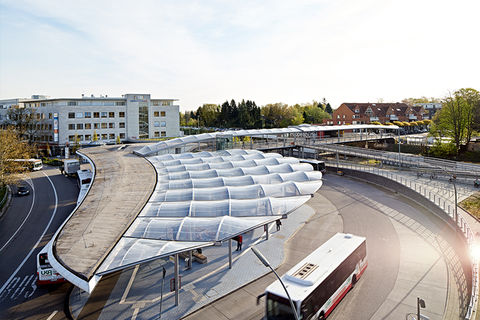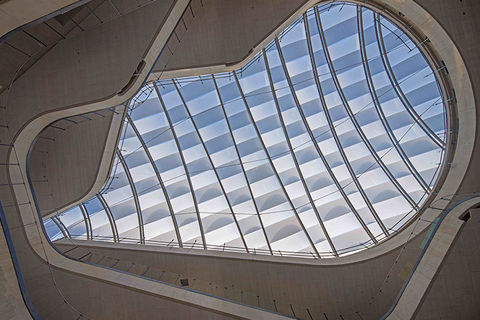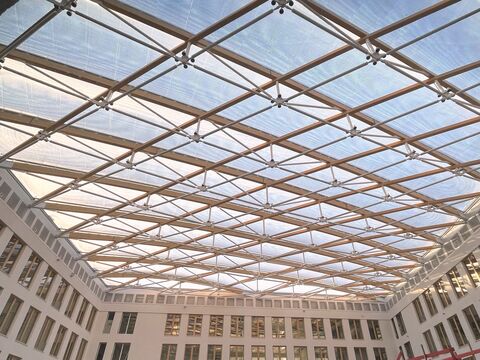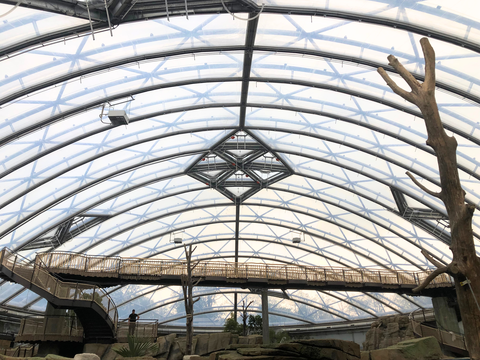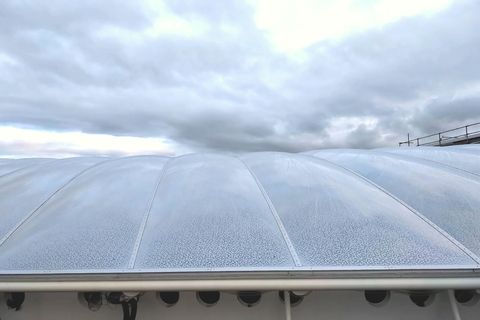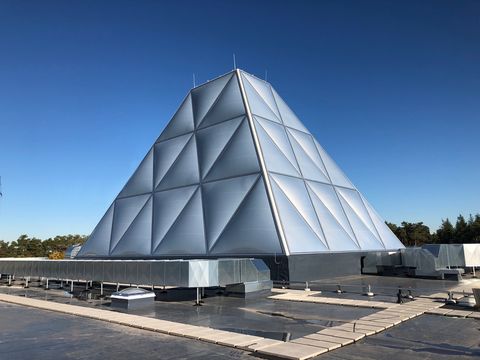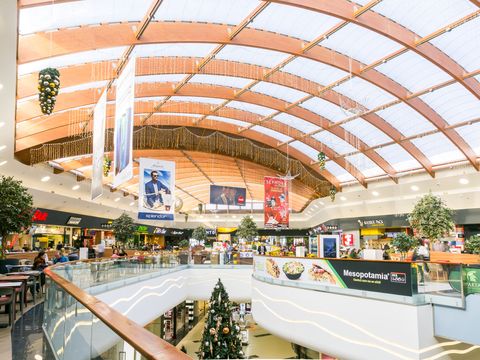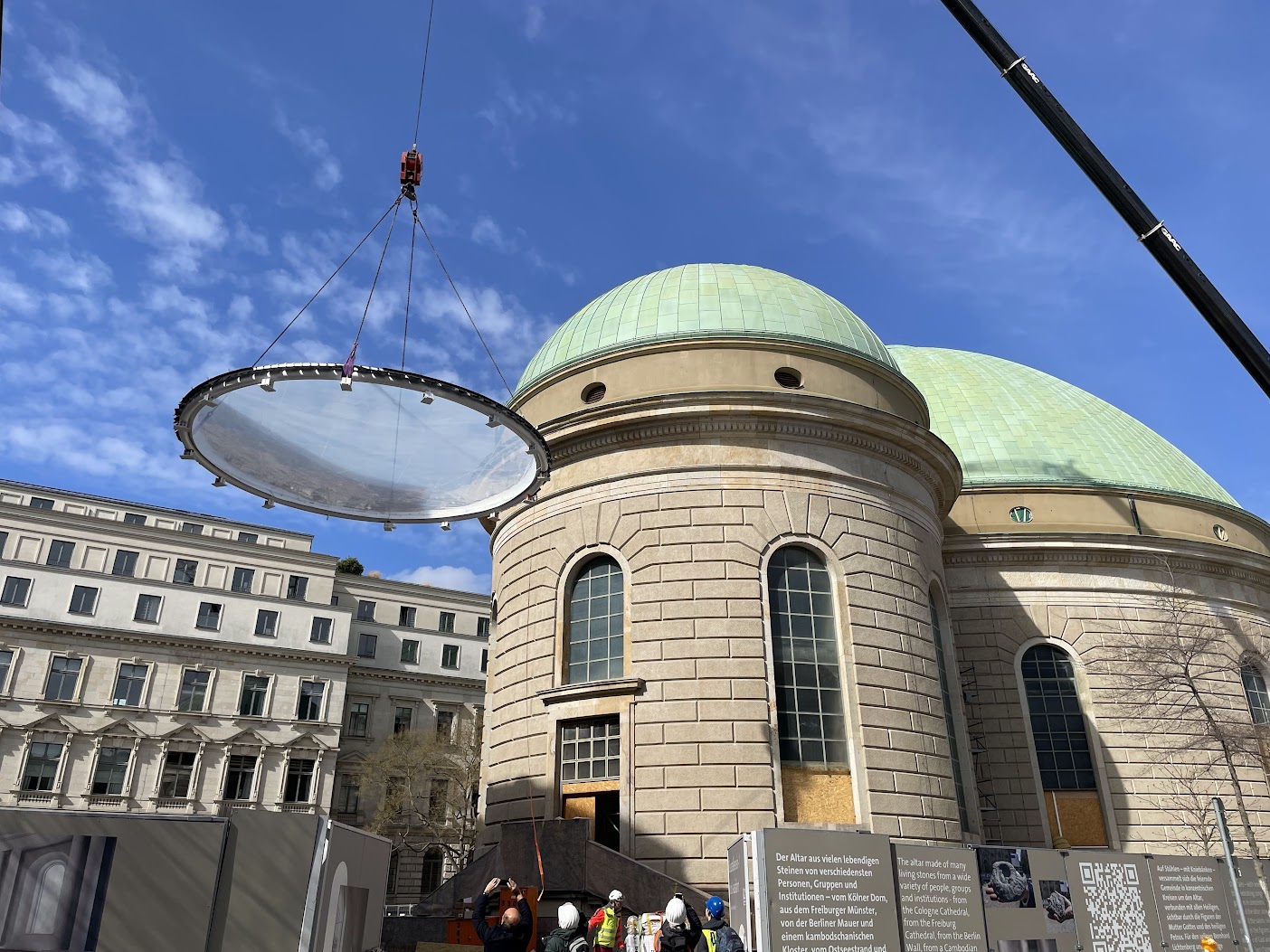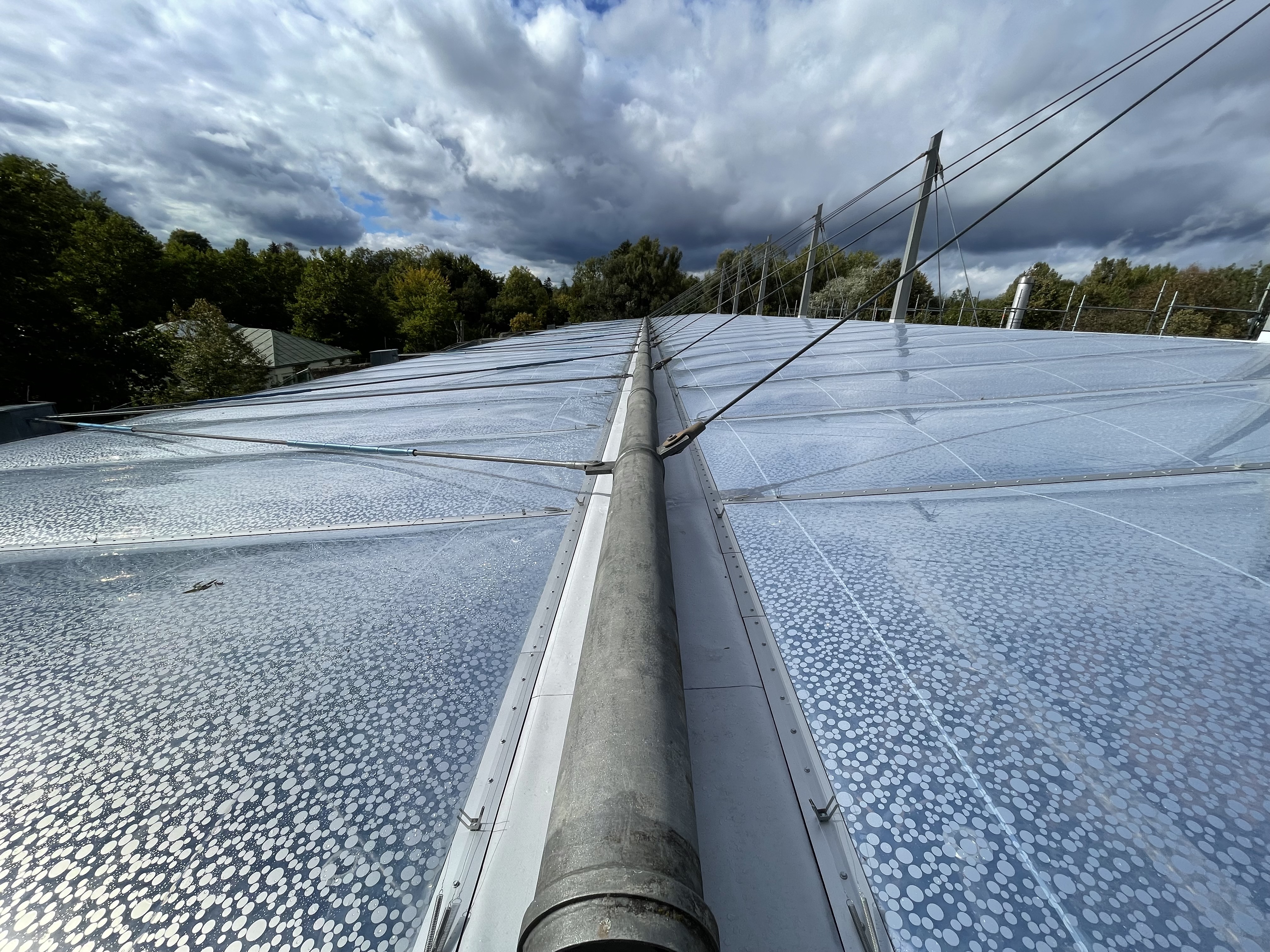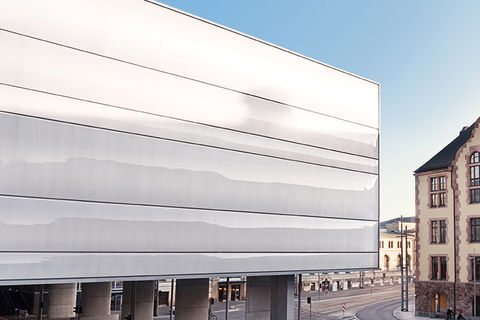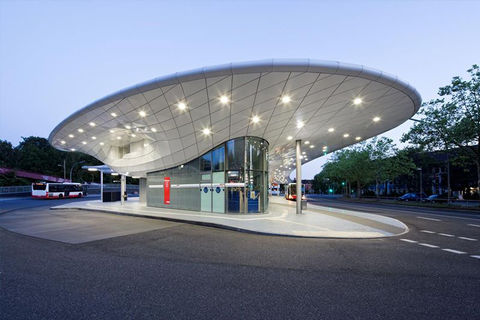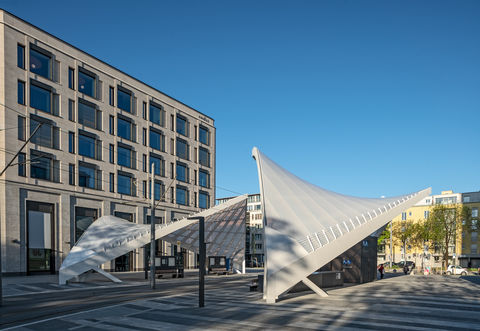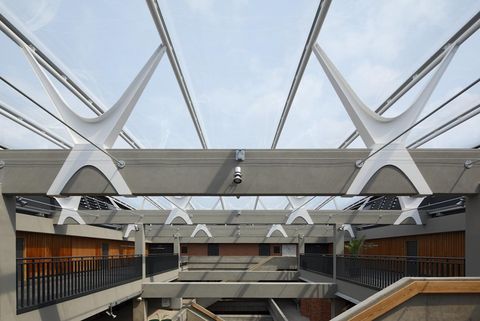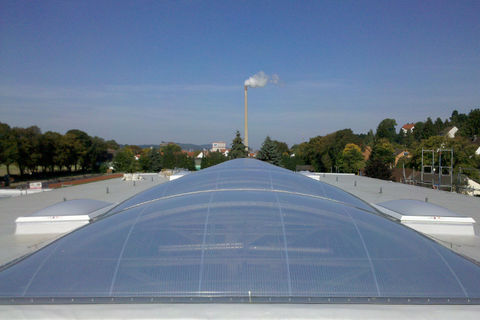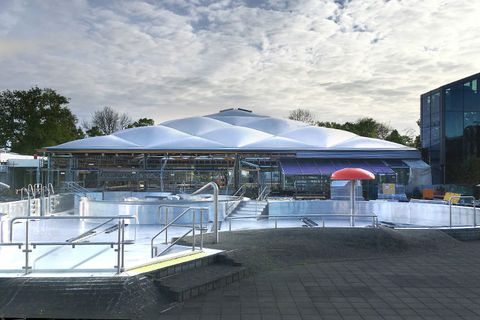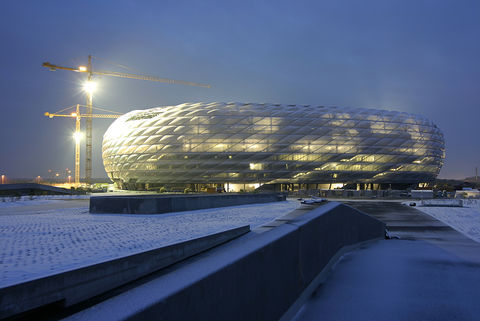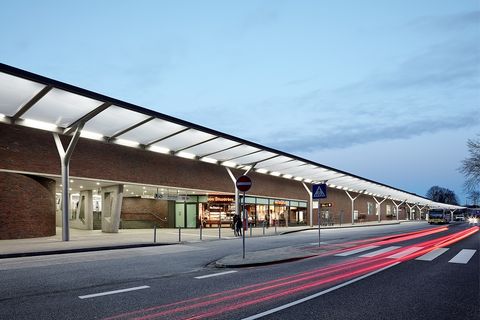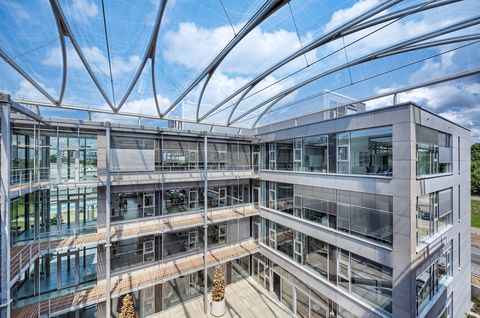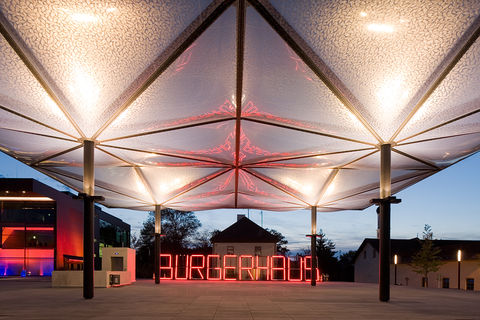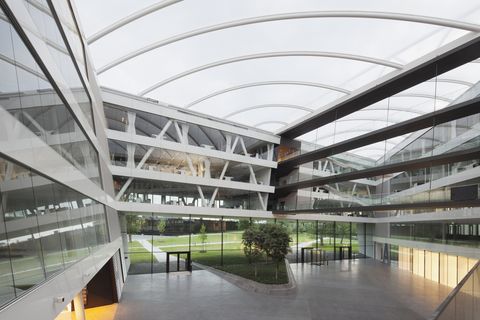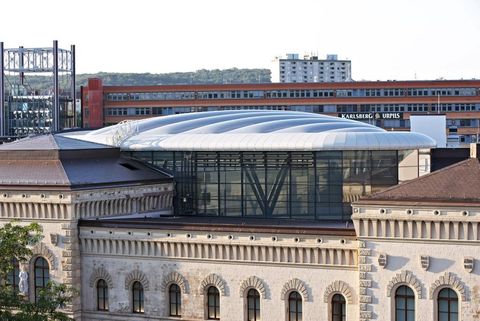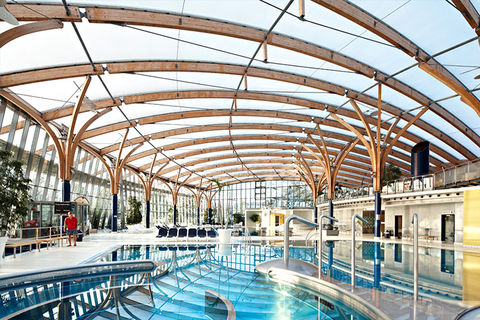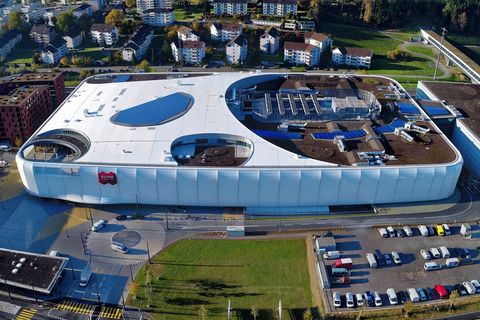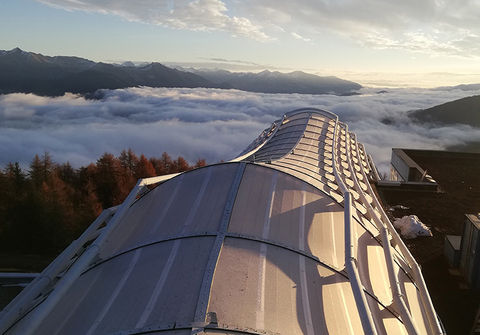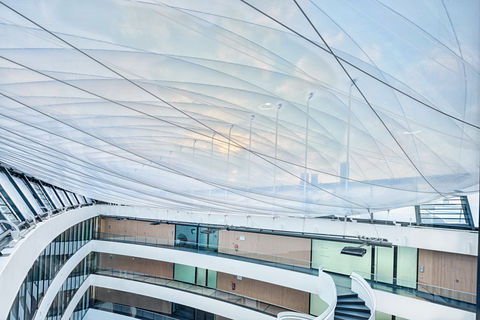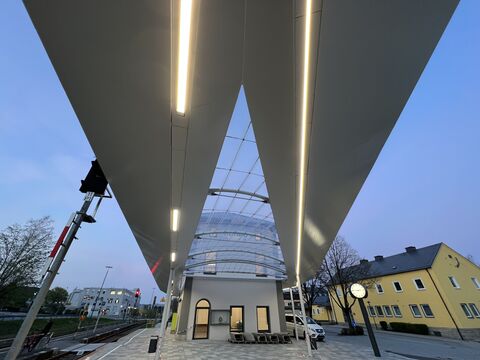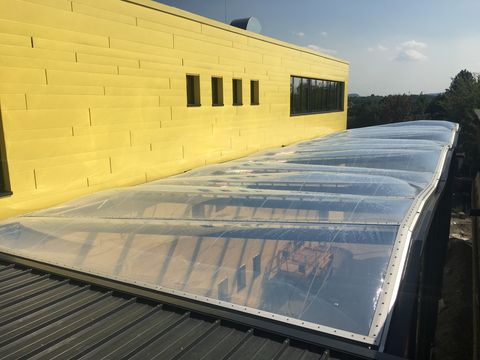ETFE - BRINGING ARCHITECTURAL EXPRESSION TO LIFE
Lightweight and transparent ETFE foils (ethylene tetrafluoroethylene) have been a firm feature of modern architecture for more than 30 years. The rapid advancement of these fluoropolymer foils enables architects to design ground-breaking structures that are worlds apart from conventional facade and roof construction.
ETFE is chemically stable and unlike other foil materials, it does not degrade, discolour or turn yellowish under extreme environmental conditions or UV radiation. ETFE foils can be recycled and typically air intake hoses and valves for ETFE foil cushion systems are manufactured from recycled ETFE.
The strong chemical and mechanical properties of ETFE foil qualify it as the perfect facade or roofing material. ETFE is ideal for projects that require a high degree of transparency or translucency, for example, botanical and zoological gardens, shopping malls and swimming pools. These projects traditionally would have required heavier glazed solutions.
Architectural applications can choose between two very distinctive ETFE foil systems - a mechanically pre-tensioned single layer system or a multi-layered “air-pressured” ETFE foil cushion system. Project specific building physics and structural performance determine how many layers of foil are required. The ETFE foils for architectural purposes are between 100 µm and 300 µm (0.1 to 0.3 mm) and are manufactured by extruding ETFE resin. The foils are cut by a plotting machine and are then welded together to form a large sheet in the desired shape and size. The required number of layers are placed directly on top of each other and are welded around the perimeter edge to create a sealed “envelope”. They are welded to an ETFE sleeve that contains a “keder” rope that is designed to slot into the aluminium profile frame creating the structural connection.
ETFE foil cushion systems are stabilized in situ by a permanent supply of low air pressure provided by an inflation unit. The inflation unit ensures that internal pressure within the cushions is kept constant to withstand external rain, snow and wind loads. ETFE foil cushion systems can have between two and five layers of foil depending on project specific structural and thermal requirements. The addition of each layer of foil leads to a significant improvement to the U-value. The lower the U-value the less heat loss and the more efficient the cushion’s performance.
Alternatively, mechanically pre-tensioned single layer ETFE foil panels can be used when U-values are not an important design consideration. As a general rule, they need to be stabilised by means of thin steel cables tensioned at regular intervals predefined by snow and wind loads.
Each ETFE system has the potential to create unique and striking building envelopes. Temme // Obermeier’s expertise in materials and building physics helps us to deliver technical solutions for facade and roof design. Please contact us if you require any technical assistance. We are here to help.
STUNNING LIGHTING EFFECTS / OUTSTANDING PERFORMANCE
Building materials can play a crucial role in heat and light exchange affecting occupant comfort. As transparent ETFE foil systems allow high transmittance of natural day light into buildings, solar control needs to be mitigated. Project specified G-value requirements can be achieved by printing directly onto the foil, by using coloured foil or by using the new generation of transparent ETFE foils that reduce IR transmittance without being printed. When backlit or illuminated transparent ETFE foil has a small percentage of scattered light and it appears as if it is “glowing”. Matt and printed foils create special lighting effects in backlit designs and illuminations using either artificial or natural light. ETFE is UV-permeable and allows the all-important UV-A required for plant growth to pass through it so it is ideally suited for use in botanical gardens, swimming pools and zoos.
CHARACTERISTICS OF ETFE
- transparent
- lightweight
- flexible
- antiadhesive
- easy to clean
- durable
- good acoustic properties (low reverberation time)
- very good recyclable

